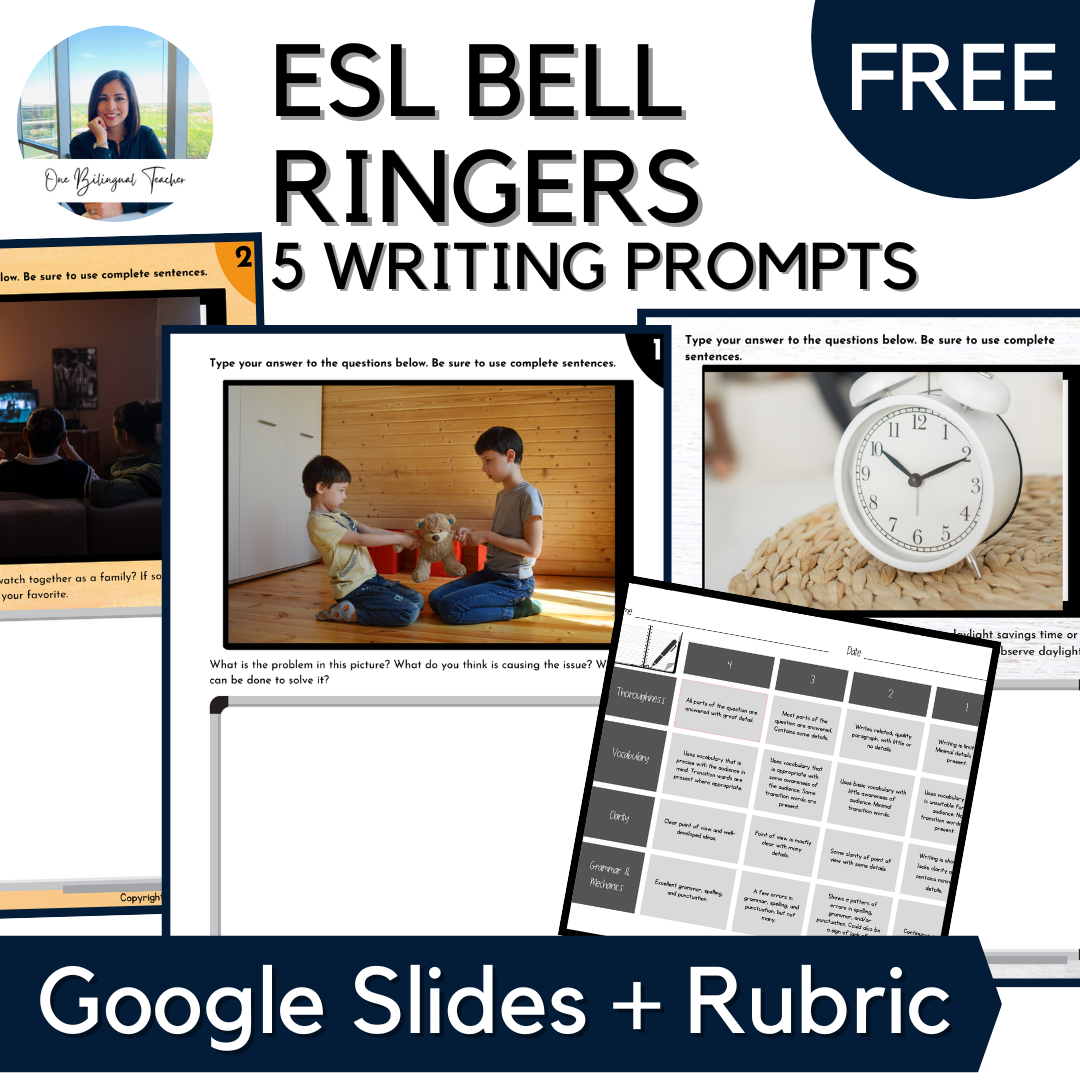How to Save Time as a Teacher: 3 Proven Tips to Increase Productivity
As a teacher, finding time for everything can feel like a never-ending battle, right? From planning lessons and grading papers to meetings and helping students, it's easy to get overwhelmed. But, I have some tips that helped me free up my time this school year, and I'm sharing them with you in the hopes that they might help you too!
The first thing I started doing was making a detailed to-do list every Friday before leaving school. This simple trick changed everything! Here's how it went:
Friday Checklist
Every Friday afternoon, I’d take a few minutes to reflect on the past week and plan for the next. I’d write down all the tasks I needed to do, like lesson plans, grading, meeting prep, and whatever else was on my plate. The trick was that I couldn’t leave until this was finished. I could start this early in the week or Friday morning, but it had to be done. This is what it looked like:
Next week’s plans:
Do Now (Bell ringer)
Create Google Classroom assignments (or whatever platform you use)
Decide what was to be graded
Make copies
Grade
Input grades (because it’s a whole separate task)
Email weekly progress reports to parents
Update parent contact log
Log in Special Ed accommodations
Check Learning Management System (LMS) Reports
The next Monday morning, I’d walk into my classroom with a clear plan. No more wasting time figuring out where to start! I’d dive right into my pre-planned lessons, which made my mornings less stressful and more productive. It's like having a secret weapon against the Monday blues.
Long-term Projects
The next strategy is all about incorporating long-term projects into my curriculum. These projects aren't your typical one-and-done assignments. They're designed to provide students with deep learning experiences and help me manage my time better. Here's how those would work:
Long-term projects give students a chance to dive deep into a topic, develop critical thinking skills, and produce more comprehensive work. For my ESL students, it was novel studies using Socratic seminars. For my multicultural studies class, it was research about the cultural heritage celebrated that particular time of the year.
Planning long-term projects requires a different approach. I map out a timeline, set milestones, and allocate time for each phase of the project. This structured approach not only helps students stay on track but also makes it easier for me to manage my time.
While students were working on their projects, I had more flexibility to focus on other tasks. This could be preparing future lessons or giving extra support to students who need it. By incorporating long-term projects, I created a more balanced and manageable workload for myself.
Avoiding Distractions
Last but not least, let's talk about avoiding distractions. In a busy school environment, distractions are everywhere, but I found a simple solution: headphones! Here's why they're a game-changer:
Wearing headphones helps block out background noise and conversations, allowing me to focus better on my tasks. It's like creating a personal bubble of concentration.
Whether I'm listening to calming music or using noise-canceling headphones, this practice creates a focused work environment. It signals to others that I'm in work mode and prefer not to be interrupted. Fewer interruptions meant more productivity.
By maintaining a high level of focus, I was able to complete tasks more efficiently. This means I spent less time on each task and have more time available for other important activities. It was like having an extra hour in my day.
In a Nutshell
So there you have it, my tried-and-tested strategies for managing time effectively as a teacher. Implementing these three strategies – creating a Friday checklist, incorporating long-term projects, and using headphones to avoid distractions – made a huge difference in my school year. I became more organized, focused, and productive, which allowed me to provide better support to my students and find a better work-life balance.
I hope my experience inspires you to try out these strategies in your own routines. Remember, it's all about finding what works best for you and making the most of your time!
Want FREE activities for your ESL students?
Check out these picture prompts!



